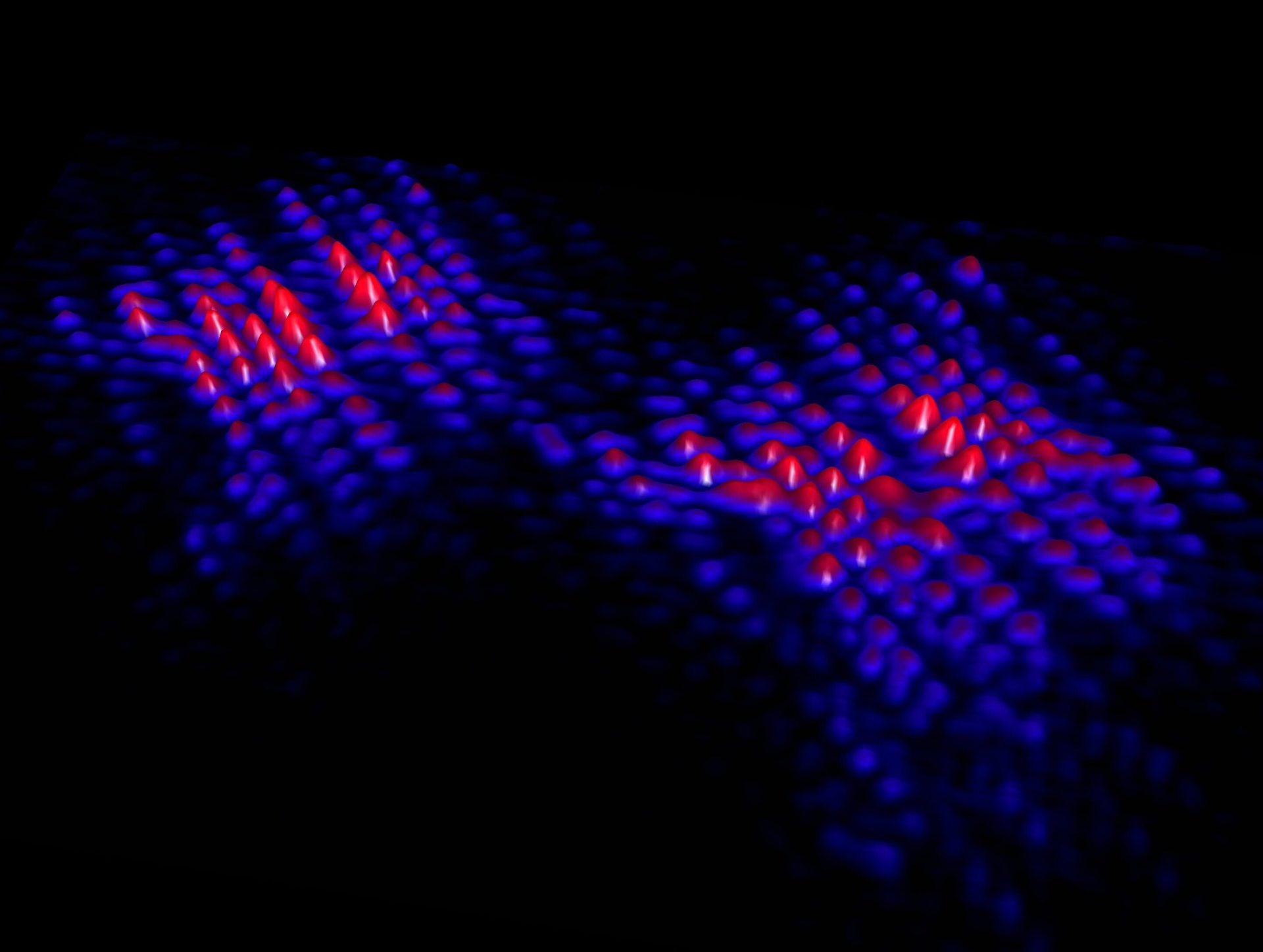
Researchers from the Centre of Excellence for Quantum Computation and Communication Technology (CQC2T) working with Silicon Quantum Computing (SQC) have located the ‘sweet spot‘ for positioning qubits in silicon to scale up atom-based quantum processors.
Creating quantum bits, or qubits, by precisely placing phosphorus atoms in silicon is a world-leading approach in the development of a silicon quantum computer.
Two-qubit gates use interactions between pairs of qubits to perform quantum operations. For atom qubits in silicon, previous research has suggested that for certain positions in the silicon crystal, interactions between the qubits contain an oscillatory component that could slow down the gate operations and make them difficult to control.
The researchers say they’ve now uncovered that exactly where you place the qubits is essential to creating strong and consistent interactions. This crucial insight has significant implications for the design of large-scale processors.
The researchers from CQC2T and SQC are positioned to use these interactions in larger scale systems for scalable processors. (Phys.org)
The paper has been published in Nature Communications.
